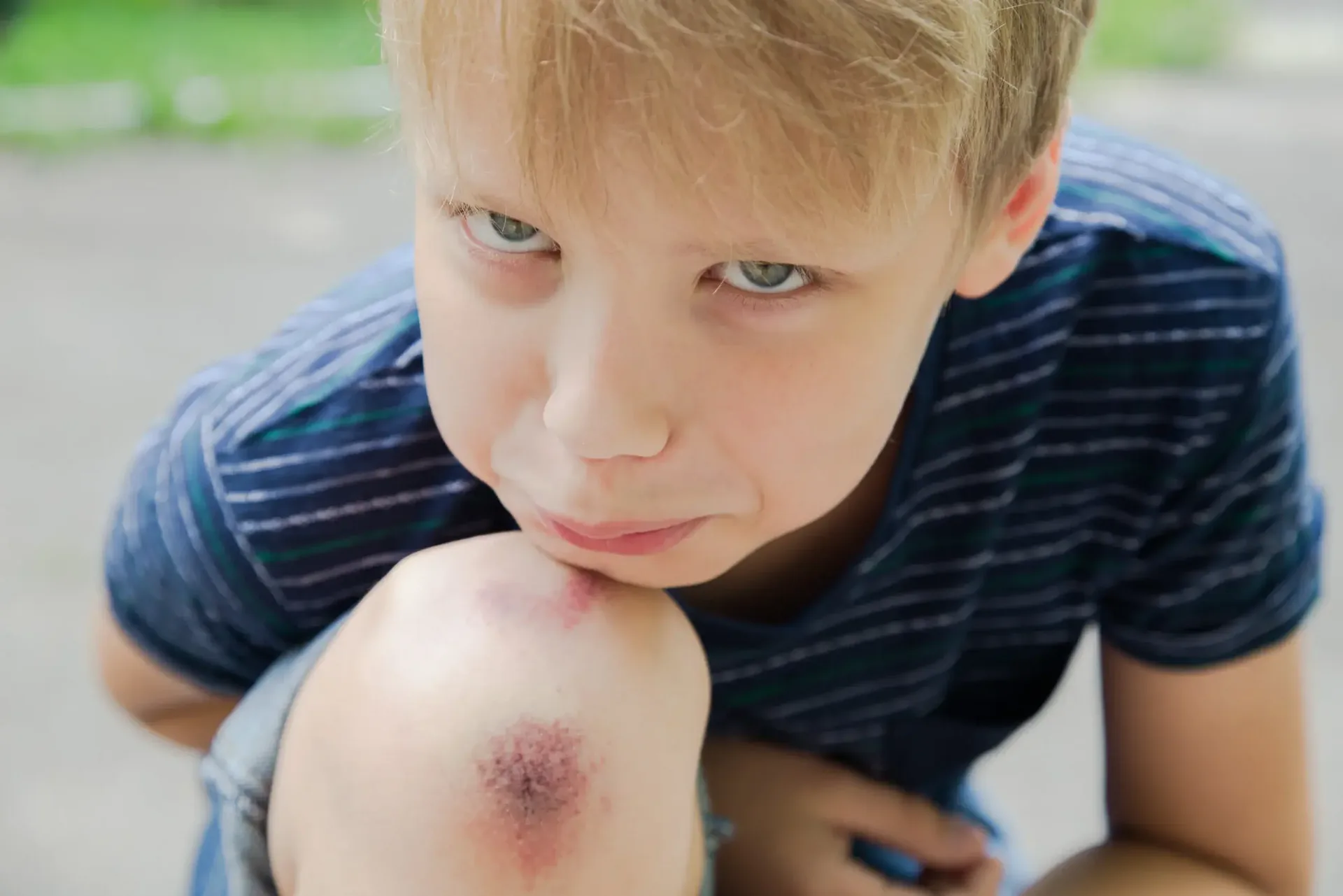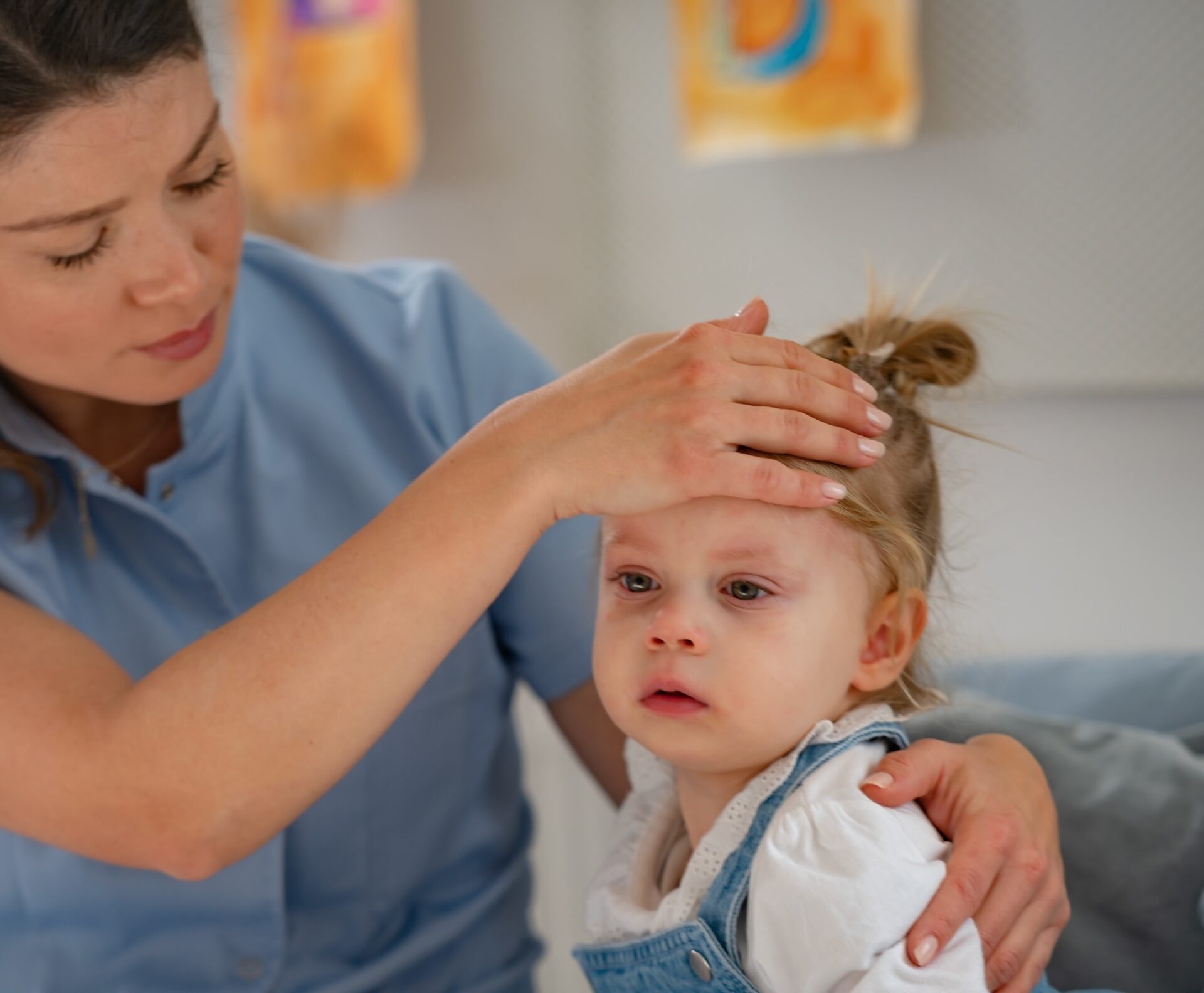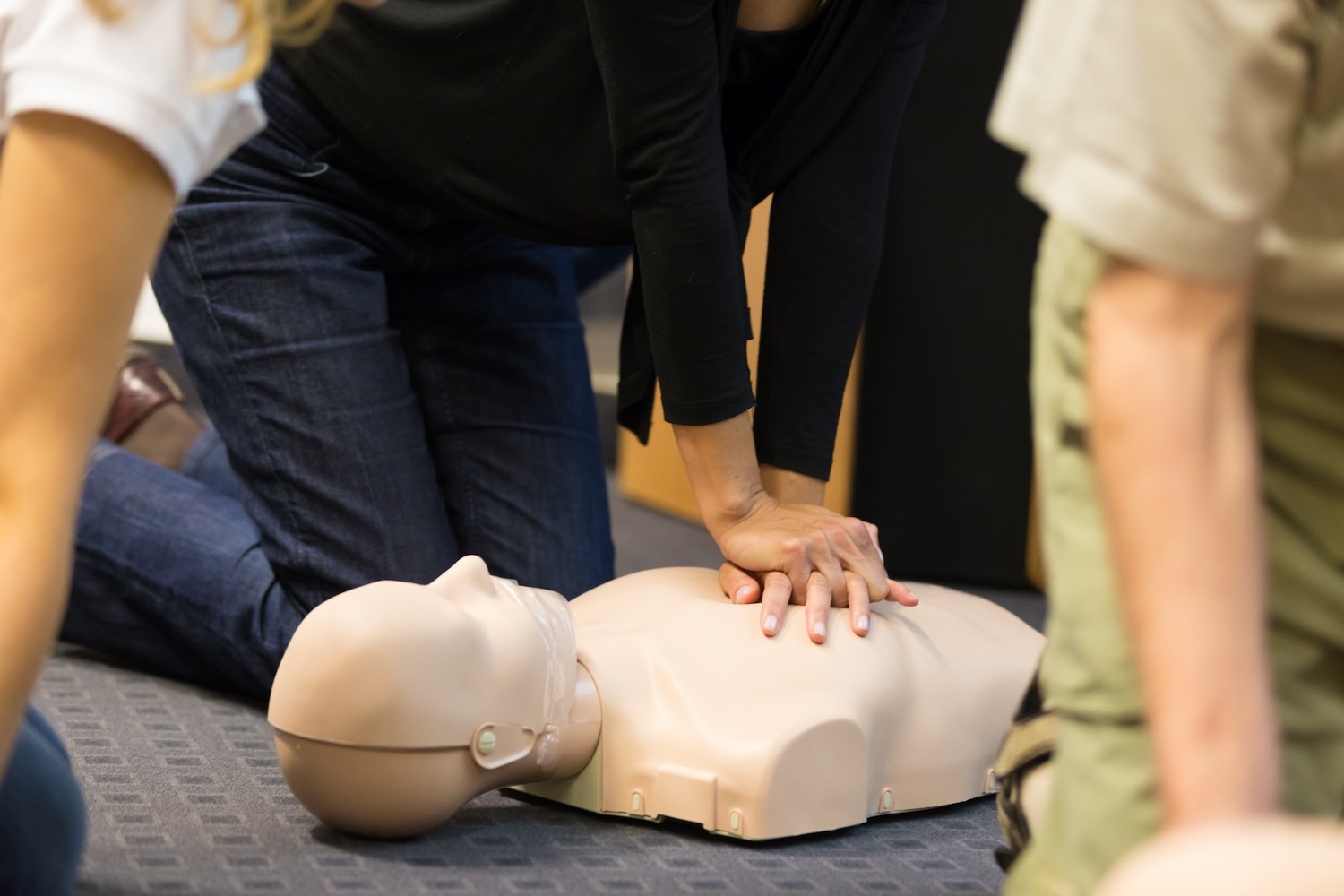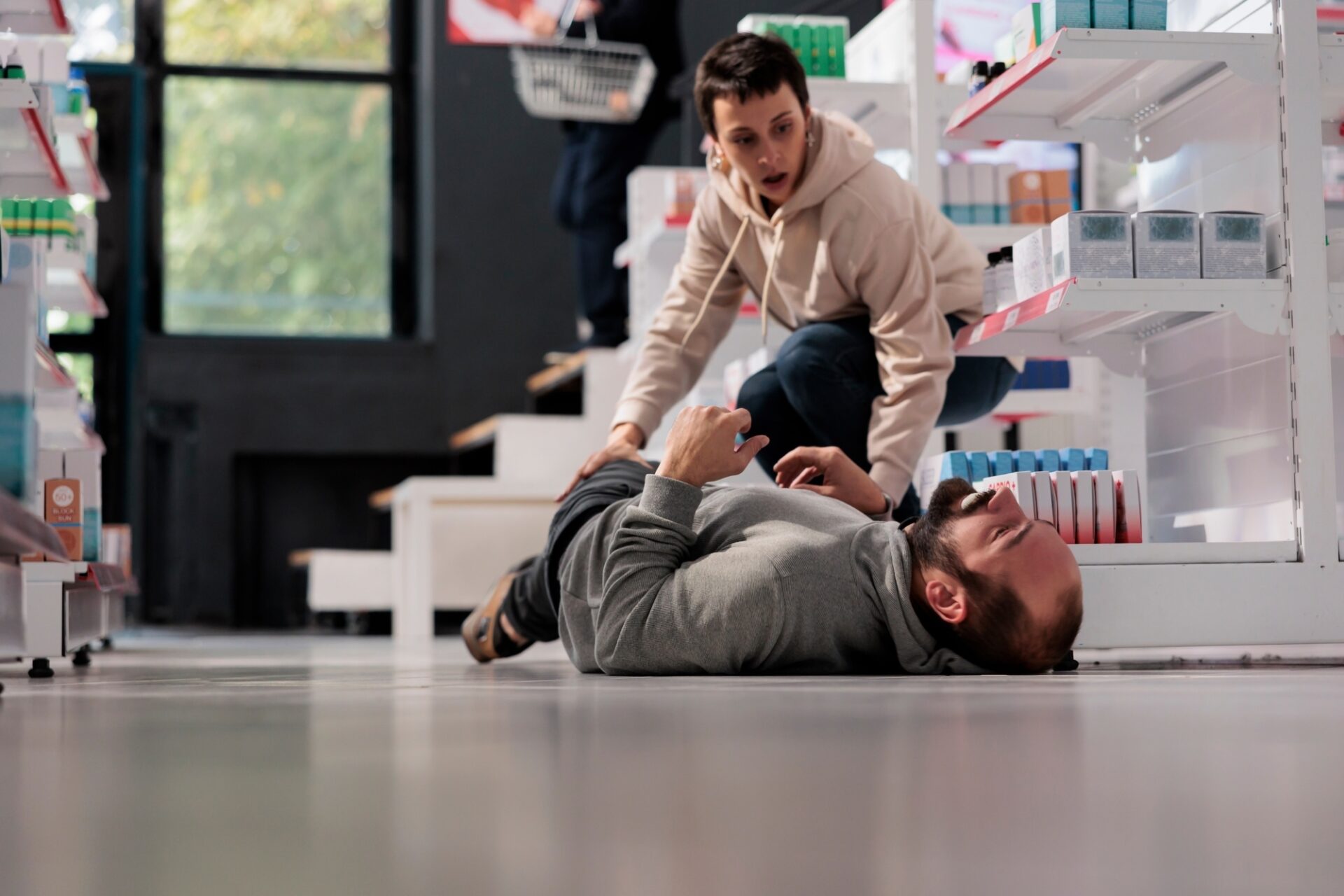With 1000’s of students about to return to school for the new school year we thought we would review how to treat one of the most common of minor childhood injuries, the grazed knee. There would not be many of us around that did not at one time or another take a spill and graze their knee. These injuries are rarely anything more than an annoyance however should be treated properly to avoid the more serious consequences such as infection.
Stop the Bleeding
The first and most important thing to do when treating a graze is to stop the bleeding. In most cases through the simple application of pressure the wound will stop bleeding. The first aider should put on clean gloves first or ask the victim to apply pressure themselves to the wound. If available something like a combine pad or gauze swab is the perfect item to apply pressure with.
Often the injury is as a result of running around or some form of physical activity therefore getting victim to rest and providing reassurance will assist greatly with the management.
These type of minor wounds usually do not require any medical attention but can be managed with simple first aid treatment. If you are unable to control the bleeding then further treatment by a GP or hospital emergency department should be considered.
Cleaning the Wound
Once the bleeding is controlled it is important to clean the wound. This will prevent infection and assist with faster healing.
One of the quickest and easiest way to clean a wound is with a simple cleaning swab available through the APTS First Aid Shop. If there is dirt or debris embedded in the wound this can be removed by flushing with saline solution or using tweezers.




